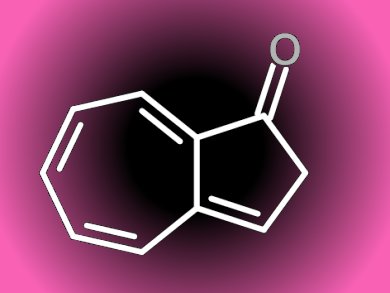Researchers at Sapporo University, Japan, have developed a novel synthesis to add to the arsenal of disease-fighting weaponry. Their approach involves the assembly of four components through sequential [6+2], [2+2], and [3+2] annulations of an azulenone manifold (pictured). It allowed ten stereocenters to be constructed in just five steps, with excellent control of stereochemistry.
This fragment-based approach represents a rational departure from high-throughput screening and molecular diversity endeavors and allows chemists to design structures inspired by natural products but aiming for specific properties. The work by the Sapporo team is an early example of the fragment approach that side-steps even the efficient click chemistry approach or cost-cutting methods allowing complex structures to be generated relatively easily.
- Sequential [6+2], [2+2], [3+2] Annulations for Rapid Assembly of Multiple Fragments,
Velisoju Mahendar, Hideaki Oikawa, Hiroki Oguri,
Chem. Commun. 2013.
DOI: 10.1039/C2CC38854E



